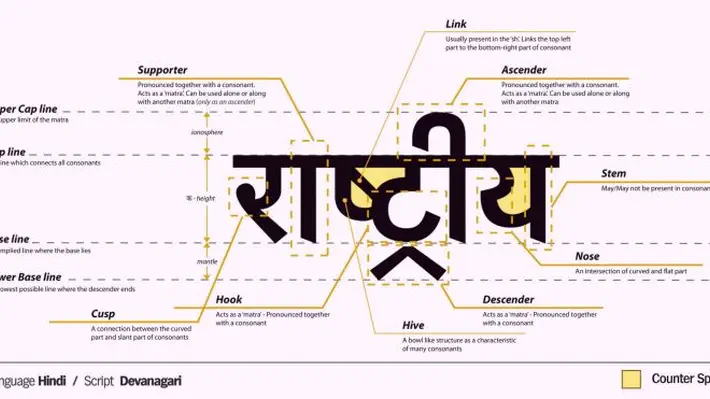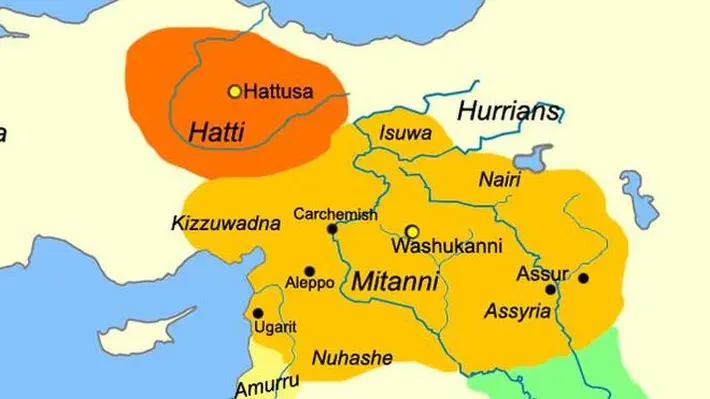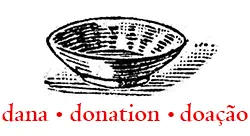 Language Log
Language LogThe Notion of “Trolling” in Ancient Sanskrit
In the Nyāya Sūtra by Akṣapāda Gautama (composed sometime between the sixth century BCE and the second century CE), a three-fold conception of dialogue is discussed. It appears that at the time this was written, dialectic culture was strong in the Sanskritic world. Thus, the rules of dialogue and debate started being codified by several authors, such as Gautama in his Nyāya Sūtra and Caraka (third century BCE) in his seminal Ayurveda work Caraka Saṁhitā. In Gautama's work, he defines three types of dialogue.
 WIKIPEDIA
WIKIPEDIADevanagari transliteration
There are several methods of transliteration from Devanāgarī to the Roman script, and also of transcription (Romanization).
 scroll.in
scroll.inFact check: India wasn't the first place Sanskrit was recorded
As the Narendra Modi government celebrates Sanskrit, a look at the oldest known speakers of the language: the Mitanni people of Syria.
 India Today
India TodayThe lost Sanskrit treasures of Tibet
How China is attempting to unravel the mysteries contained in 2,000-year-old forgotten Sanskrit texts, with little help from across the border.

Grupo de Whatasapp (apenas anúncios)
todo conteúdo, design e programação por Eduardo Pinheiro, 2003-2024
(exceto onde esteja explicitamente indicado de outra forma)






